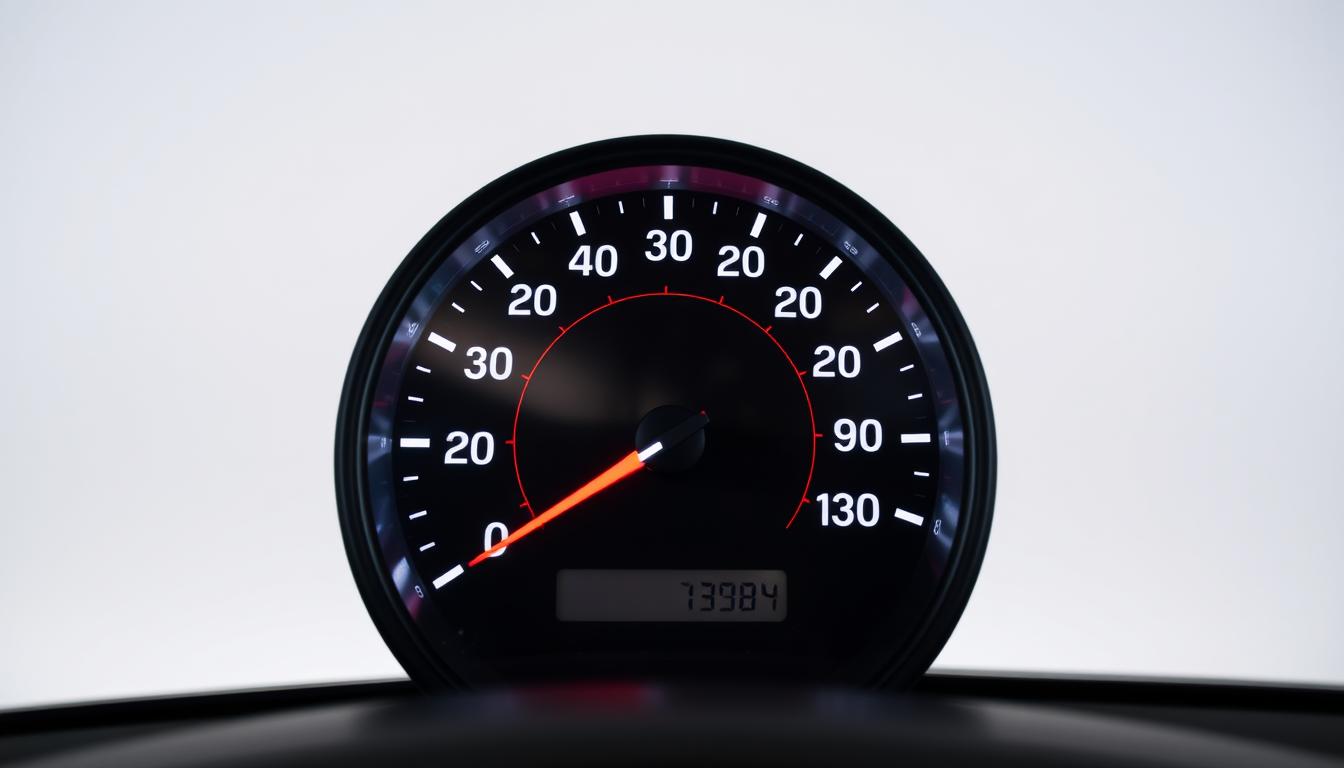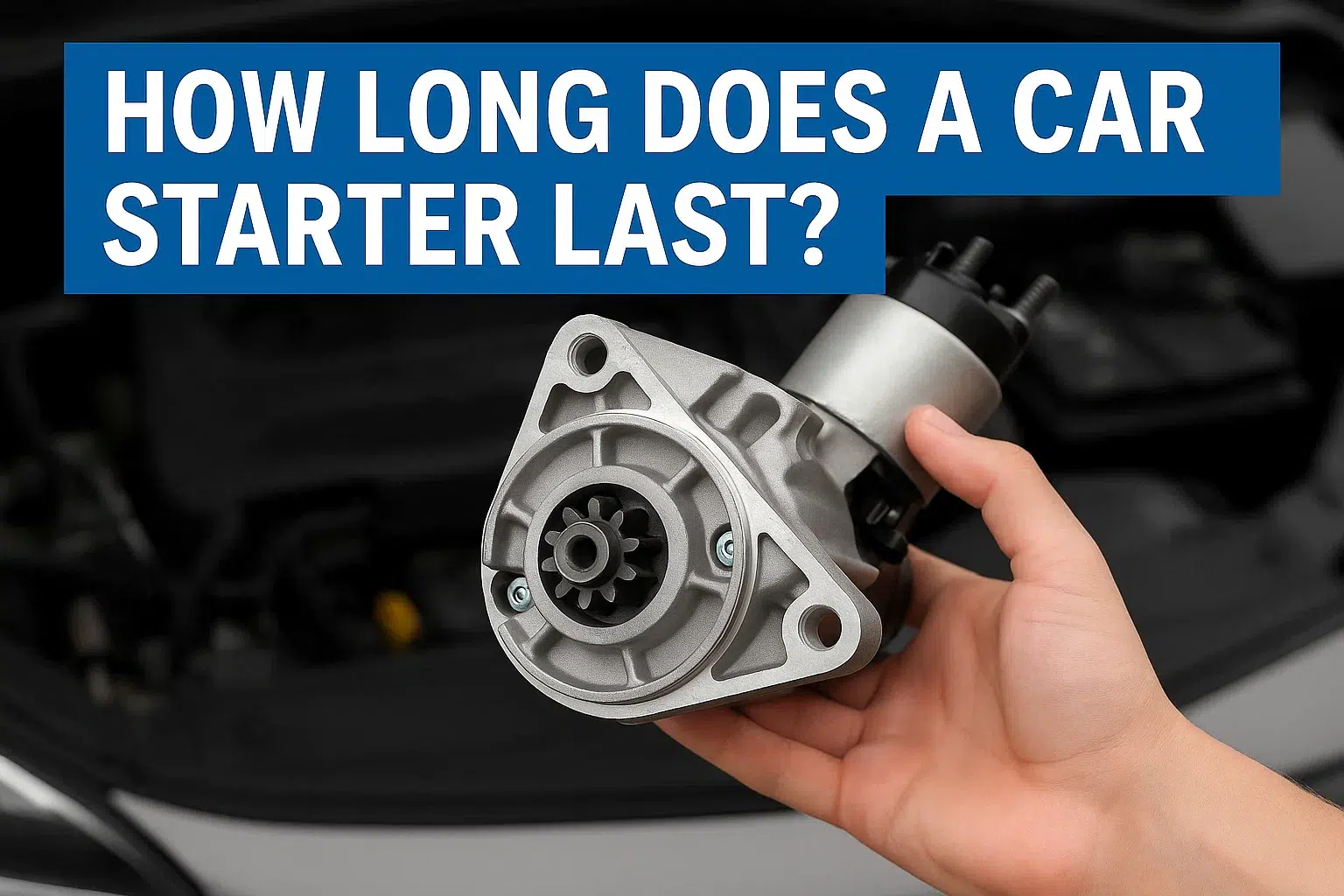Are you curious if a used car’s mileage really shows its condition? When you’re looking at a pre-owned vehicle, there’s more to think about than just the mileage.
Used car mileage affects a car’s value and how reliable it is. But what’s the ideal mileage for a used car? It varies based on the car’s make, model, and how old it is.
Knowing about used car mileage is key to a smart buy. In this article, we’ll dive into what affects mileage standards. We’ll also share tips for finding the right used car.
What is a Good Mileage for a Used Car: Understanding the Basics
Figuring out good mileage for a used car depends on several important factors. These factors affect the car’s condition and value. The usual rule is that cars with 12,000 to 15,000 miles are considered average or below average.
The 12,000-15,000 Annual Mileage Rule
The 12,000-15,000 annual mileage rule is a common way to check used cars. It means cars driven this much are likely used normally. But, some cars might have been driven hard, like in extreme weather or with a trailer. This can change their condition, even if they’re within the average range.
Key considerations when evaluating mileage include:
- The vehicle’s maintenance history
- Driving conditions (e.g., city vs. highway)
- Previous usage (e.g., personal vs. commercial use)
How Mileage Affects Vehicle Depreciation
Mileage greatly affects a car’s value. More miles mean less value. The biggest drops in value happen early on. Knowing how mileage affects depreciation helps buyers choose wisely when buying a used car.
Modern Vehicles and Changing Mileage Expectations
Today’s cars are made to last longer, changing what we expect from mileage. New car tech makes engines and parts more durable. This means cars can handle more miles without problems. So, what’s considered good mileage for used cars has changed, and buyers should think about this when checking a car’s condition.
Factors That Influence Good Mileage Benchmarks
Good mileage for a used car is more than just the odometer reading. It’s about knowing what affects it. When you look at a used vehicle, many things matter for its value and reliability.
Vehicle Age vs. Mileage Ratio
The age of a car and its mileage are key. A well-kept older car with average miles might be better than a newer car with high miles. For example, a 10-year-old car with 80,000 miles could be a good deal if it’s been well cared for. But a 5-year-old car with 120,000 miles might not be as good.
Key considerations for vehicle age vs. mileage ratio:
- The average annual mileage for most vehicles is between 12,000 to 15,000 miles.
- Vehicles that exceed this average may have been driven under harsh conditions.
- Older vehicles with lower mileage may have been stored for extended periods.
Vehicle Make and Model Reliability
The make and model of a vehicle greatly affect its reliability and how long it lasts. Some brands are known for making cars that can handle more miles.
| Make | Model | Reliability Rating |
|---|---|---|
| Toyota | Corolla | 4.5/5 |
| Honda | Civic | 4.5/5 |
| Ford | F-150 | 4.2/5 |
Maintenance History and Service Records
A car’s maintenance history is very important when checking its condition. Regular service and fixing problems early can make a car last longer.
Driving Conditions and Previous Usage
The way a car was driven and its past use can really affect its mileage and condition. Cars driven in bad weather or used for towing will likely not last as long.
Knowing these factors helps buyers make better choices when buying a used car. This is true whether it’s a car with high or low mileage.
Mileage Guidelines by Vehicle Type
The idea of “good mileage” for a used car changes based on the vehicle type. Different cars are made for different uses, and their mileage needs show this. Knowing these guidelines helps buyers make better choices when looking at used cars.
Sedans and Compact Cars
Sedans and compact cars are very common. They’re mainly used for daily drives and personal trips. A good mileage for these cars is usually between 12,000 to 15,000 miles a year.
A 5-year-old sedan with 60,000 to 75,000 miles is considered average. But, some cars are durable and cost little to maintain, even with more miles.
SUVs and Crossovers
SUVs and crossovers are loved for their flexibility and room. They might have more miles than sedans because of family trips and hauling. A used SUV or crossover with about 15,000 miles a year is normal.
A 5-year-old SUV or crossover with 75,000 miles is okay. But, be careful of models with much higher mileage unless they have clear maintenance records.
Trucks and Work Vehicles
Trucks and work vehicles are built for tough tasks and get more miles. They often go over 20,000 miles a year.
A used truck or work vehicle with 100,000 miles or more is common, mainly for work use. Inspect these vehicles well, looking at maintenance records and wear signs.
Luxury and Performance Vehicles
Luxury and performance cars have their own mileage rules. They might be driven less but their upkeep and use vary a lot. Some luxury cars stay in garages, while others are driven hard.
When checking used luxury or performance cars, look at more than just mileage. Consider maintenance history and any signs of neglect or wear.
| Vehicle Type | Average Annual Mileage | 5-Year Mileage |
|---|---|---|
| Sedans and Compact Cars | 12,000 – 15,000 | 60,000 – 75,000 |
| SUVs and Crossovers | 12,000 – 15,000 | 60,000 – 75,000 |
| Trucks and Work Vehicles | 15,000 – 20,000+ | 75,000 – 100,000+ |
| Luxury and Performance Vehicles | Varies | Varies |
High Mileage vs. Low Mileage: Making the Right Choice
It’s important to know the difference between high and low mileage when buying a used car. You need to think about the pros and cons of each to choose wisely.
Benefits and Possible Drawbacks of Low-Mileage Cars
Low-mileage cars seem better because they’ve been driven less. But, they might have old tech or cost more. You should think if the good points are worth the bad ones.
Pros of low-mileage cars include: they might last longer and have less wear. But, cons could be higher prices and outdated tech.
When High-Mileage Cars Make Financial Sense
High-mileage cars can save you money. It’s all about checking the car’s condition and maintenance history. This way, you can see if it’s a good deal.
Look at repair costs and the car’s condition when checking a high-mileage car. A well-kept car with high mileage can be cheaper in the long run.
Evaluating Mileage in Relation to Price
It’s key to compare a used car’s mileage to its price. A car with average or a bit higher mileage might cost less. This can mean better value.
Do your homework on the car’s market value and compare it to its mileage. This helps find a good deal.
Beyond Mileage: Other Critical Inspection Points
Mileage is important, but not the only thing to look at when buying a used car. You should also check the car’s maintenance history, overall condition, and if it needs repairs.
Make sure to inspect the car well. Look for wear on important parts, check service records, and maybe have a mechanic look at it.
Conclusion
Finding good mileage for a used car means looking at many things. This includes the car’s type, age, maintenance, and condition. Knowing these helps buyers make smart choices when they buy a used car.
When checking used car mileage, think about the car’s price and condition. This helps figure out if the car is a good buy. To find good mileage, you need to inspect the car well and consider many factors.
By using these tips, buyers can feel sure when buying a used car. They can make sure they’re getting a good deal. Whether you want a sedan, SUV, or truck, knowing about used car mileage is key to a smart buy.

I am Tushar Balchandani, founder of Car Info Expert and someone who has been working extensively in the car industry as a car expert for 15 years. My aim is to provide useful truthful and reliable information to the readers based on my real experiences and hands-on experience. From buying tips to maintenance guides, I help readers make confident car-related decisions.




